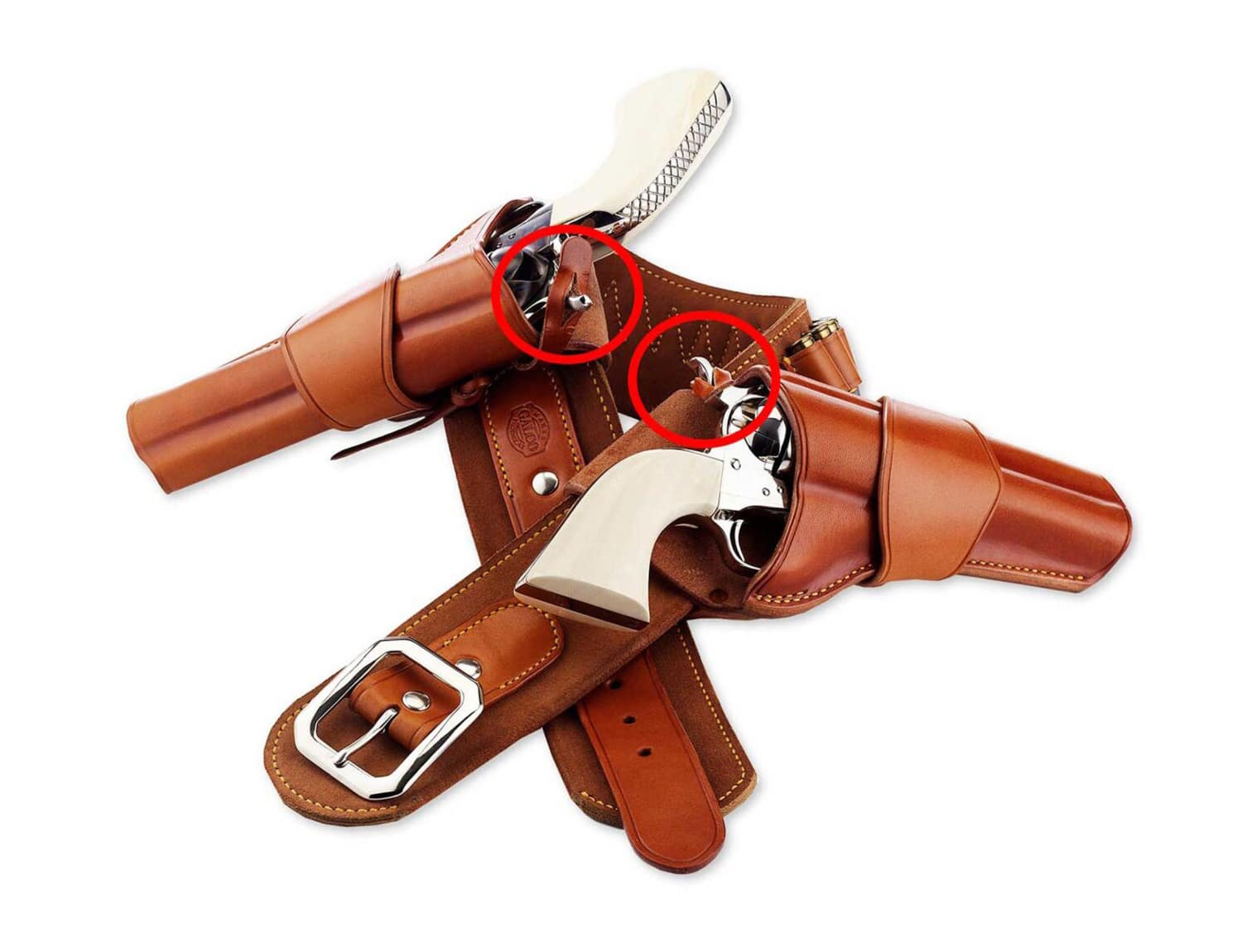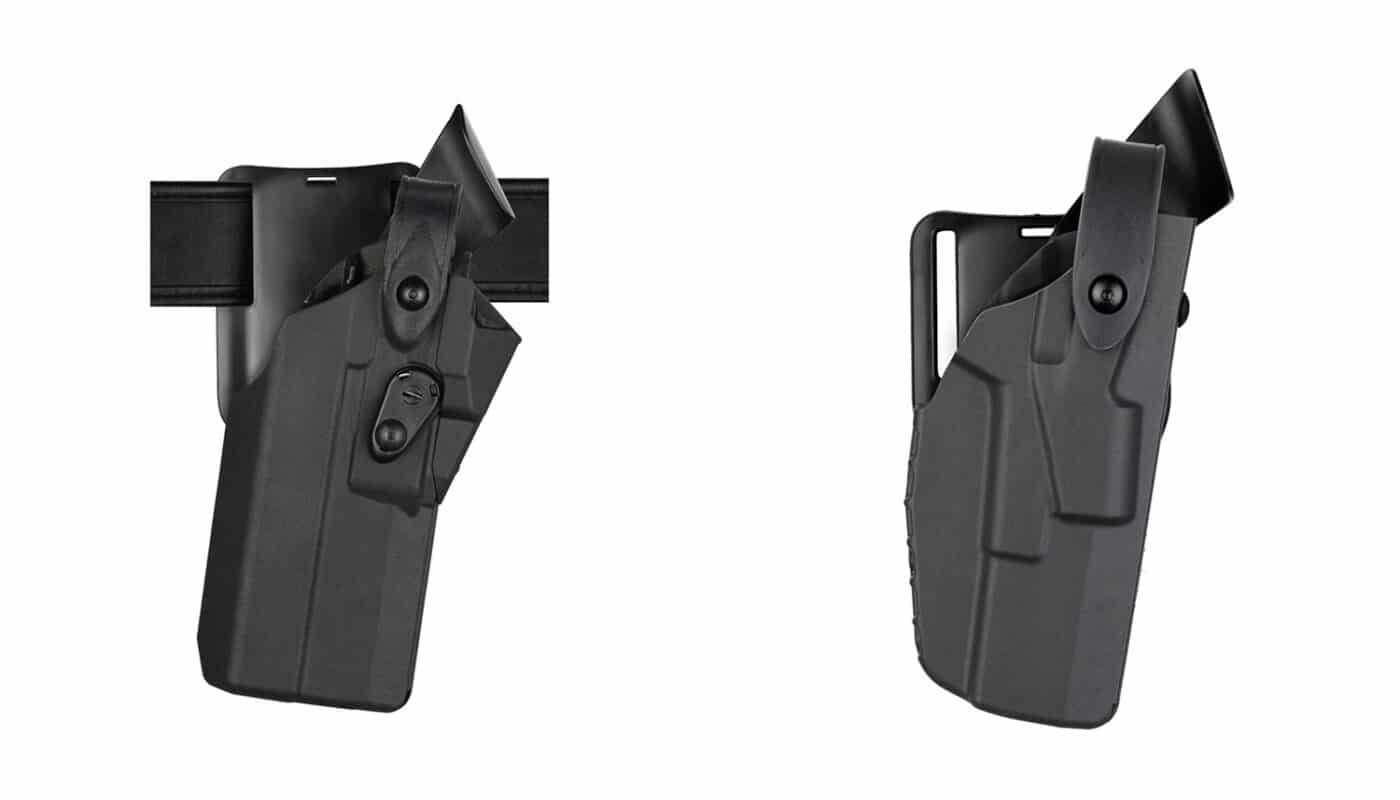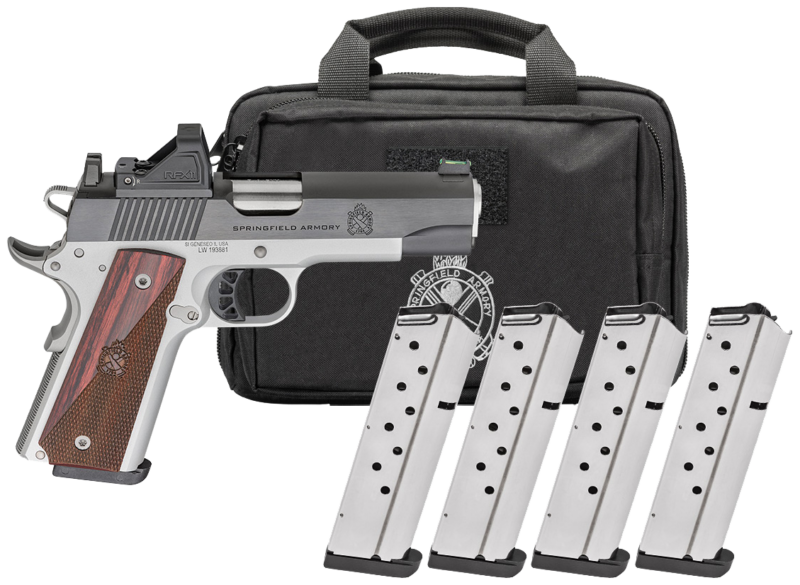What Is Holster Retention?
August 25th, 2024
6 minute read
Armed citizens and police officers share a common issue: finding a secure way to carry a defensive pistol. Yet, there seems to be a great deal of misunderstanding regarding holster retention.
Some companies claim a rig is a “retention holster” while others assign a “level” to the amount of protection it offers. But what do those terms really mean?

It is my hope that I can help you better understand what holster retention is and what to look for when shopping for a carry rig.
Basic Holster Retention
At its most basic, holster retention is the ability of a scabbard to hold a gun in place. If a gun is loose in the holster, it can hinder an efficient draw or even fall out. Virtually any well-fitted rig will hold a gun securely.
For many concealed carry holsters, friction is the primary means of retention. A precise fit of the holster to the gun will often provide enough resistance to prevent a pistol from jumping out of the carry rig.

Typically, quality leather and Kydex holsters offer good retention through fit alone. Without reinforcement, nylon weave and other soft materials can offer inferior retention when relying on a friction fit.
A retention strap over the hammer or back of the slide is another method of keeping a gun in a holster. For holsters made of softer materials, a strap is frequently required to make the rig safe for use.

Understanding the concept of holster retention is easy. However, there is a huge difference between holster retention and a retention holster.
What Is a Retention Holster?
Put simply, a retention holster is a scabbard for your pistol designed to prevent it from being taken by an assailant.
A well-fitted leather holster or a Kydex rig that the gun “snaps” into may offer enough retention to prevent an accident. However, they are not truly retention holsters unless they offer resistance to a “gun grab” from a bad guy.

A retention holster is frequently called a “security holster” and is often associated with police duty rigs. That makes sense as an exposed pistol is at higher risk of being targeted than one which is concealed.
Prior to the modern retention holster and specialized handgun retention training, many police officers were shot with their own service weapons every year. During an arrest or struggle, a criminal was within reach of the officer’s sidearm. Not wanting to go to prison, more than a few criminals would try and disarm the cop. Fortunately, defensive tactics trainers like Jim Lindell developed systems for law enforcement officers to defend against gun grabs.
During the same time, holster makers were attempting to develop duty rigs that offered increased firearm security. One of the best designs came from the Rogers Holster Company. Bill Rogers developed a truly revolutionary security holster. That rig became known as the 070 SSIII after the company was acquired by Safariland in the 1980’s.
There is no doubt in my mind that the 070 SSIII retention holster was the best duty rig available until the ALS/SLS holsters were introduced. Between it and handgun retention training, countless law enforcement lives have been saved.
How Does a Retention Holster Work?
Security holsters can use the same retention methods that other carry rigs use: friction and a hammer or thumb strap. However, those are just the starting points.
Many retention holsters use internal locks that latch onto the triggerguard of the pistol. If the appropriate deactivation technique is not used, then the internal latch anchors the gun solidly in the holster.
Deactivation techniques might include moving a hood, unsnapping a button, rotating the gun in a particular direction or sliding levers to disengage locks. Each manufacturer develops its own rigs and there are no standard ways of unlocking a pistol from the holster. But all security holsters use some combination of techniques to ensure only the owner can pull the gun free.
What Are Retention Levels?
Unlike body armor, there is not an official classification system for security holsters to indicate the amount of retention provided. Some companies claim each level represents one form of retention while others offer no explanation for their classifications at all.

In my opinion, Safariland offers the best standard for measuring retention. In the Safarliand rating system, there are four defined levels from one to four. Each level represents an ascending amount of security starting at one and increasing to a maximum of four.
Safariland provides detailed instructions on how to test a holster to determine the retention level it offers. The process requires at each step for the holster to be worn and an assailant to forcefully pull on the holster for five seconds. That may seem like a short amount of time. However, in training classes, I’ve seen low-quality rigs rip off of a belt in less time. You can read more about the Safariland standard on their website.
Using the Safariland standard, many holsters don’t even make the cut for Level 1 retention. Any open-top rig relying on friction alone simply won’t rate. Neither would a rig that used a weak thumb strap. Yet, I’ve seen a company advertise just such a rig as offering Level 2 security based on the marketing that friction and the strap counted as two separate retention devices.
Aren’t They Slow?
A common myth about retention holsters is that they are slow to draw from. I’ve found that to be flat-out false. I’ve carried multiple different security holsters with a Level 3 or better rating. I was as quick with them as I was with any OWB holster. In many cases, I was faster with the security holster because of its better ergonomics.
Truth be told, I have met a few people that were slow when drawing from a retention holster. However, these were the same people that had difficulty in passing basic qualifications standards as well. They never practiced, but they always blamed the gun (its sights are off!) and the holster (it’s too slow!).
You do need to practice with a retention holster — just like any other piece of equipment. However, I found that after a few days of intense practice, I achieved a high degree of competence with each of the rigs I carried. All I had to do to maintain proficiency was 10 dry-fire draws a day, four to five days each week.
Final Thoughts on Retention
If you are carrying concealed, you should ensure your holster offers enough retention to prevent an accident. It is completely irresponsible to carry a pistol in a holster that can’t keep it secure on your person.

On the other hand, you need to invest in a quality retention holster if you carry a pistol exposed. It doesn’t matter if you are employed as a deputy sheriff, bank guard or are just exercising your right to open carry. When on display, that weapon is a potential target. You have the responsibility to ensure it doesn’t fall into the wrong hands.
When you are searching for a retention holster, investigate the listed security ratings. Be sure to understand what they are saying — and what they are not saying. Your life may depend on it.
Editor’s Note: Please be sure to check out The Armory Life Forum, where you can comment about our daily articles, as well as just talk guns and gear. Click the “Go To Forum Thread” link below to jump in and discuss this article and much more!
Join the Discussion
Featured in this article
Continue Reading
Did you enjoy this article?

 180
180







